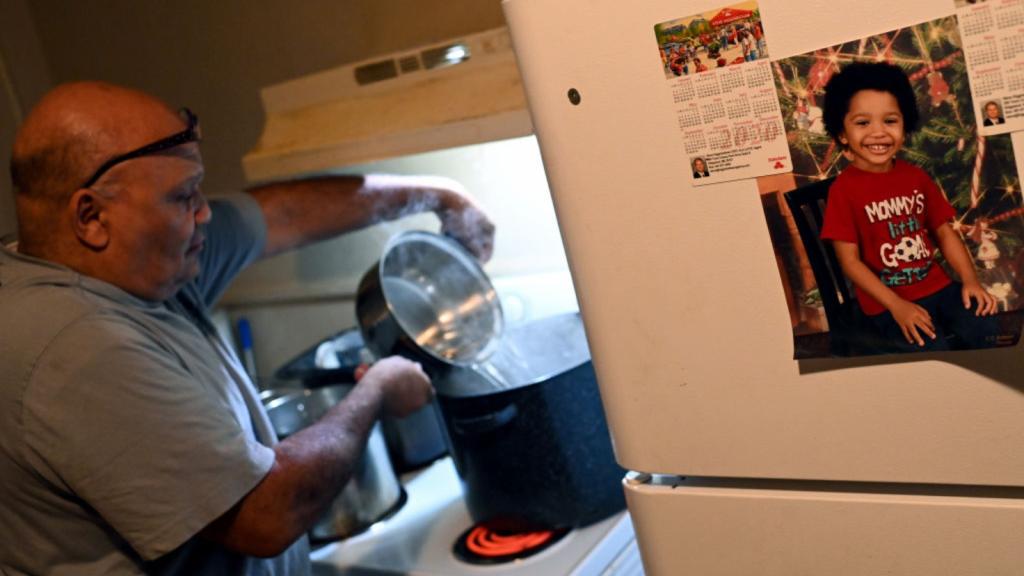This post is by ClimateProgress guest blogger Bill Becker, Executive Director of the Presidential Climate Action Project.
How fearsome must the headlines be about tomorrow before people change their ways today?
— Nancy Gibbs, TIME
In Greenland today, the ice is thawing at a pace that is alarming climate scientists. Meanwhile in Washington, D.C., Congress remains frozen on the issue of carbon pricing. And that may be a good thing.
Carbon pricing, as most readers of Gristmill know, is the idea that some portion of the costs of greenhouse-gas emissions should be reflected in the price consumers pay for carbon-intensive fuels. The energy that is causing global climate change would cost more than the energy that isn’t, and the marketplace would become the ally of climate stabilization.
There are two schemes on the table. The first is a carbon tax — simple, straightforward and, according to conventional wisdom, political suicide. The second approach is carbon trading. Carbon emissions would be capped; polluters would buy and sell emission permits. Carbon trading is more complex and would take longer to make a difference, but because it is not a tax, it appears to be the favored approach in Congress.
Several cap-and-trade bills have been introduced in Congress, some setting tougher goals than others. The word on the street is that the leading bill will be proposed soon by Senators Warner and Lieberman. It reportedly will call for a 15 percent reduction in carbon emissions by 2020, compared to current levels. Therein lies the rub. Is the glass (of melted ice) half empty or half full?
A 15 percent reduction falls short of the goal that many climate scientists and action advocates believe the United States must adopt. It is far less ambitious, for example, than the goal adopted by the European Union — a 20 percent reduction by 2020, compared to 1990 emission levels.
The climate-action community has not unified around a goal for carbon reductions, or even around a way to express the goal (a topic for the future). Sixteen of the nation’s most prominent environmental organizations sent a letter to senators on Sept. 14, endorsing emission reductions “at least 15 to 20 percent below current levels” by 2020, which in effect blesses the upcoming bill. In the meantime, other climate-action groups are coalescing in a campaign called 1Sky that advocates a cap twice as aggressive as the bill — a 30 percent reduction by 2020, compared to current emissions.
The question facing climate activists is this: Should we support a weak cap-and-trade bill that is more likely to clear Congress and to be signed by President Bush? A weak bill would at least get us started on carbon pricing and, as next fall’s elections approach, Democrats would not be accused of inaction. With a new President and Congress, the reasoning goes, carbon caps could be toughened later.
Or is it more likely that once Congress passes a bill — any bill — the political pressure for action will disappear and we’ll be stuck indefinitely with a cap that isn’t worthy of the world’s second-largest carbon polluter? Would it be better to avoid legislation in the 110th Congress in hopes that the 111th Session and the 44th President would support a stronger bill in 2009 or 2010?
One approach is to advocate that if a bill is sent to the President this year, it should require a performance review so the issue is reopened a few years down the road.
Another approach is to keep working for aggressive carbon caps at the state level. As of last July, 29 states had or were working on their own climate action plans, although many of their targets for emission reductions are weak.
If enough states set targets, particularly at the progressive levels adopted by California and Florida, Congress would come under more pressure to pass strong and uniform national goals.
The state strategy would not result in lightening-quick action, but it’s not implausible. On Sept. 12, the National Governors Association announced plans to expand state regulations on greenhouse-gas emissions — helped by more than $600,000 from the U.S. Department of Energy, no less. In making the announcement, Republican Gov. Tim Pawlenty of Minnesota sounded the leadership theme: “We have a federal government that doesn’t seem to want to move as fast or as bold as many would like.” If enough states act, he said, reducing GHG emissions “becomes a de facto national policy.”
A more immediate approach is to “change what is politically possible,” as one climate-action leader puts it, by taking to the streets, and to the media, and to the internet, demanding that Congress get some spine. A number of events are planned between now and the end of the year, including Step It Up II, a series of rallies that Bill McKibben and his organization are facilitating around the country on Nov. 3 at places named after iconic American leaders who might serve as role models for today. Powershift 2007 is calling on students to rally in the Capital Nov. 2-7. We can expect activists to demand bolder leadership on climate when the Bush Administration hosts its climate summit Sept. 28 in Washington, D.C. (For a listing of current climate-action organizations, go here.)
So what should be our strategy? I think we should push for a cap-and-auction bill from Congress this session, but insist on a cap that not only makes meaningful reductions in emissions, but lets the global community know we’re back at the table. The movement should unify around the 1Sky goal. It is closest to the goal set by the European Union and we should do no less.
So get off your couches, baby boomers. We have a few more things to do before we pass the torch. Children of baby boomers, it’s time for a (peaceful) reprisal of the ’60s.
See you in the streets.
This post was created for ClimateProgress.org, a project of the Center for American Progress Action Fund.

